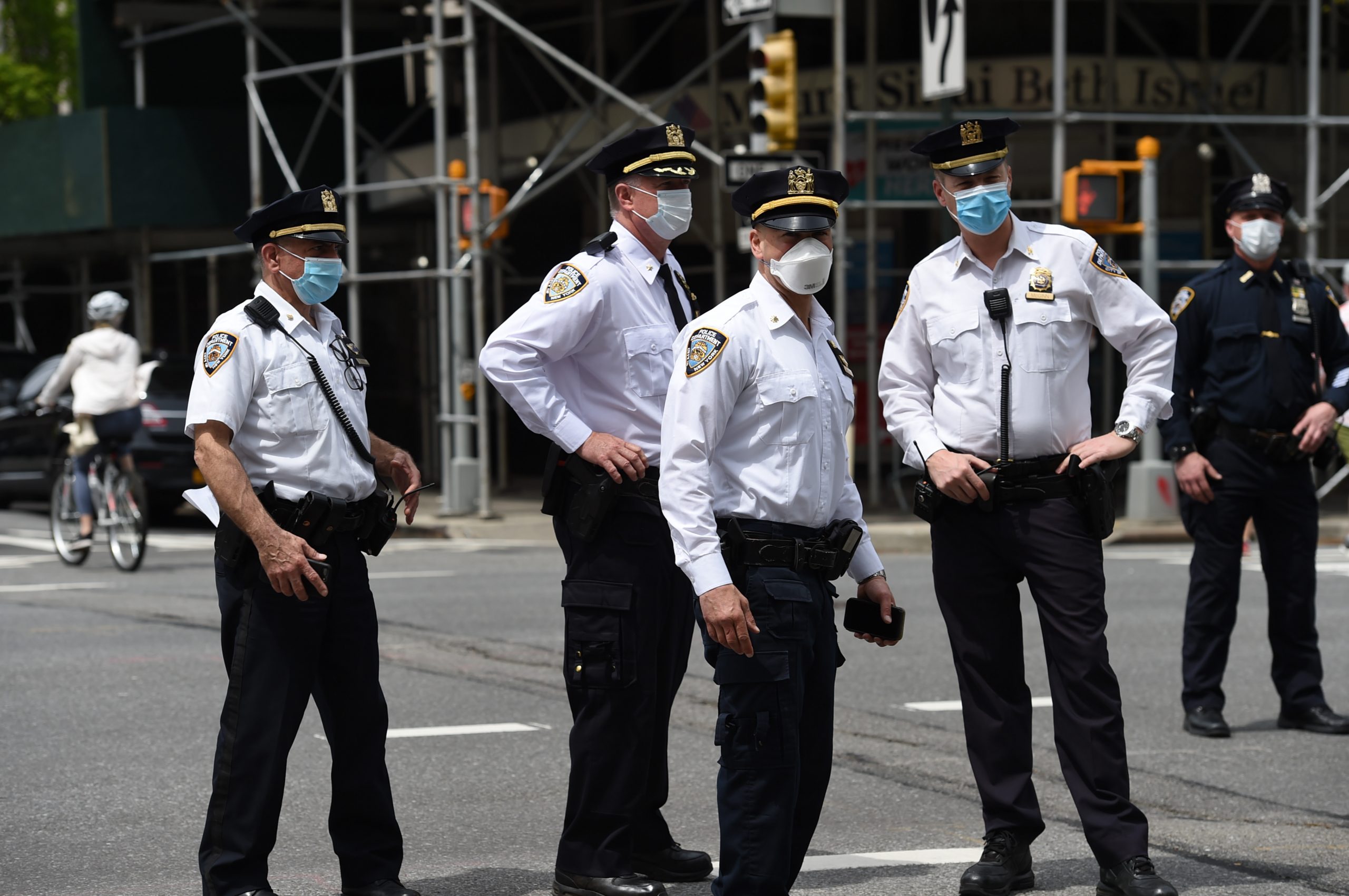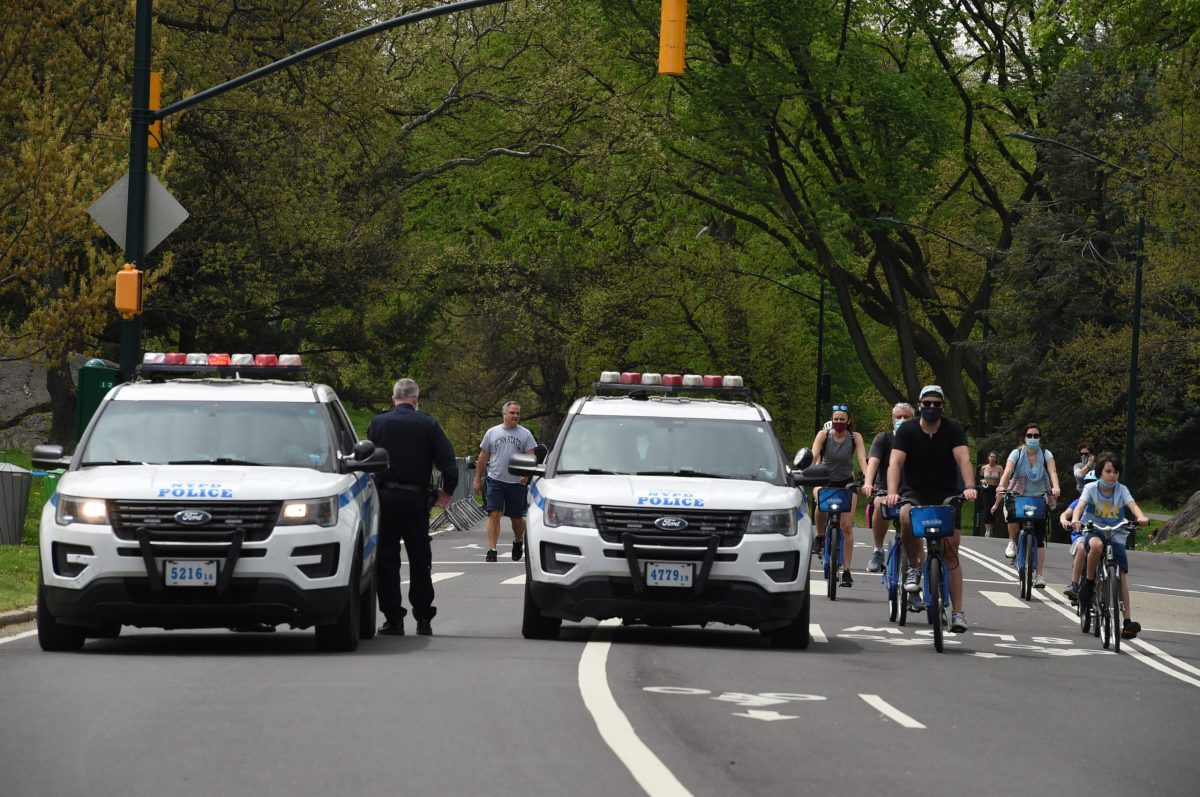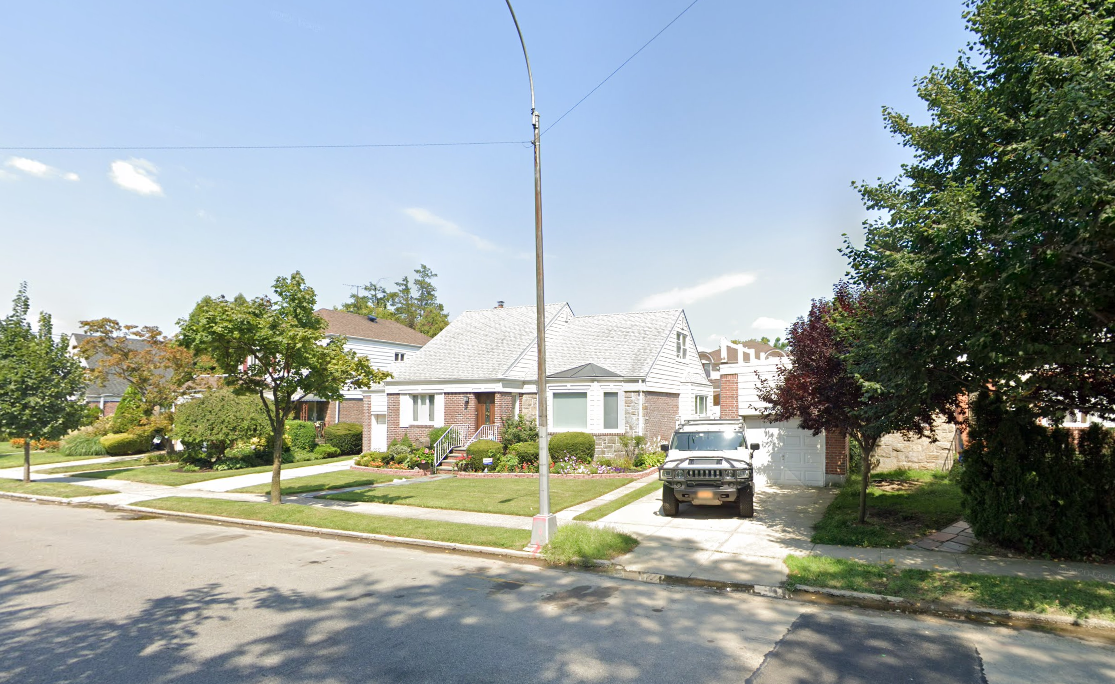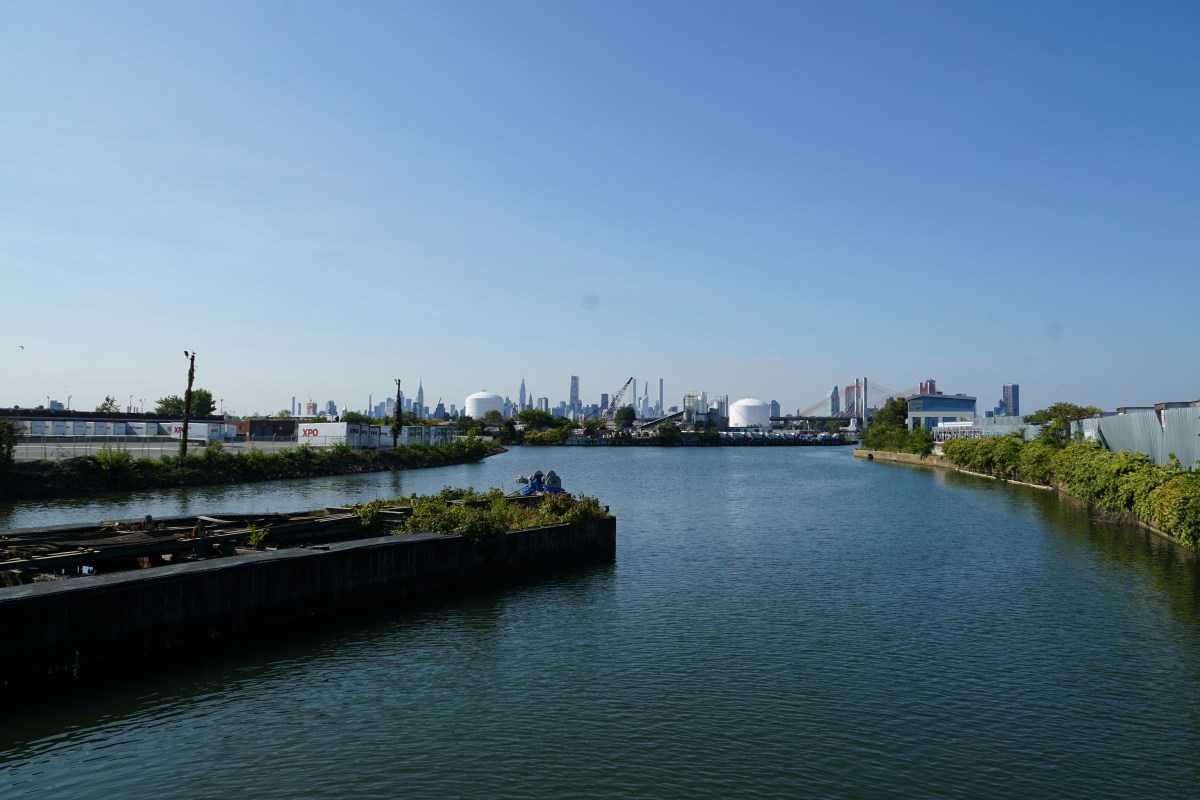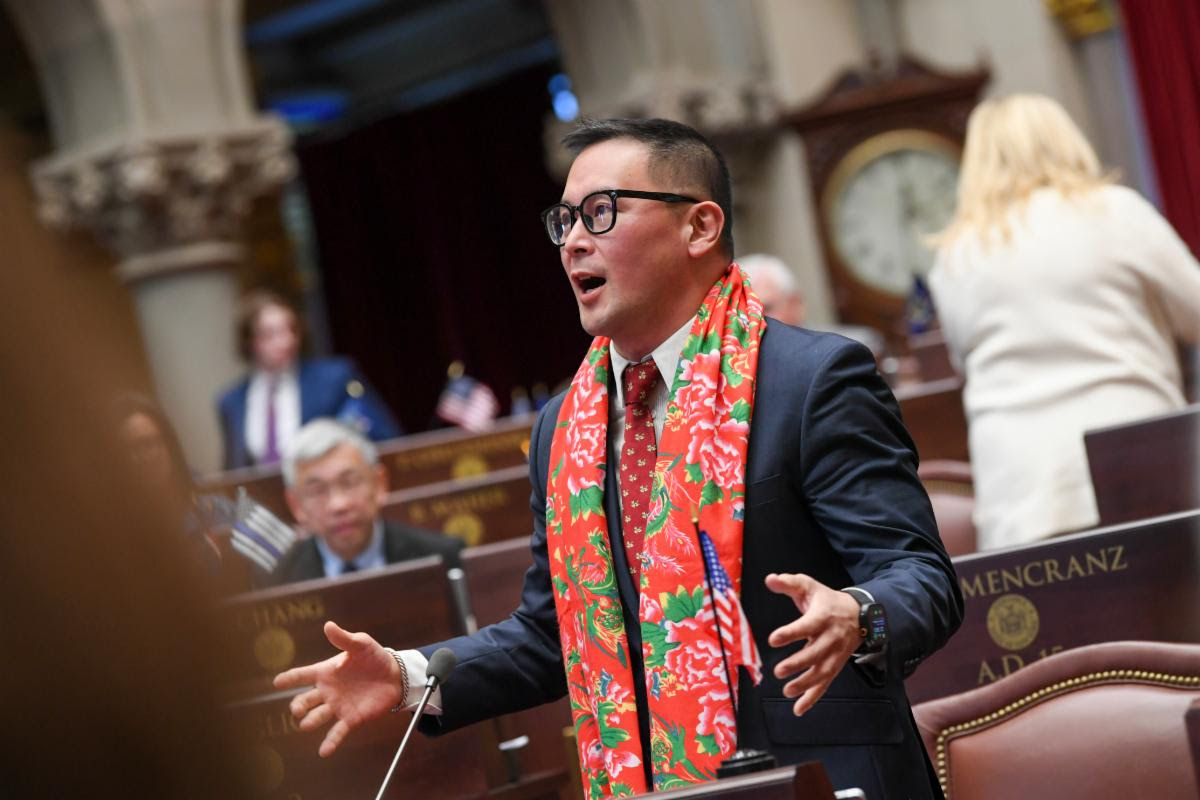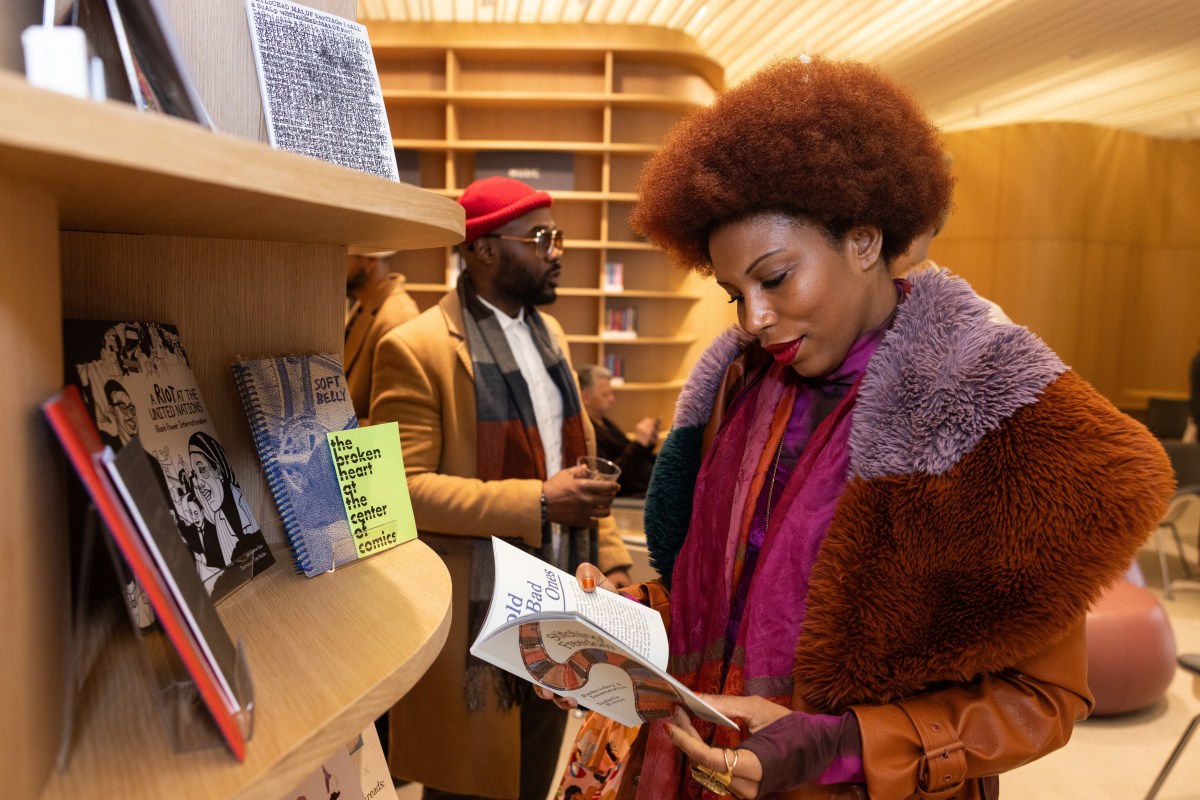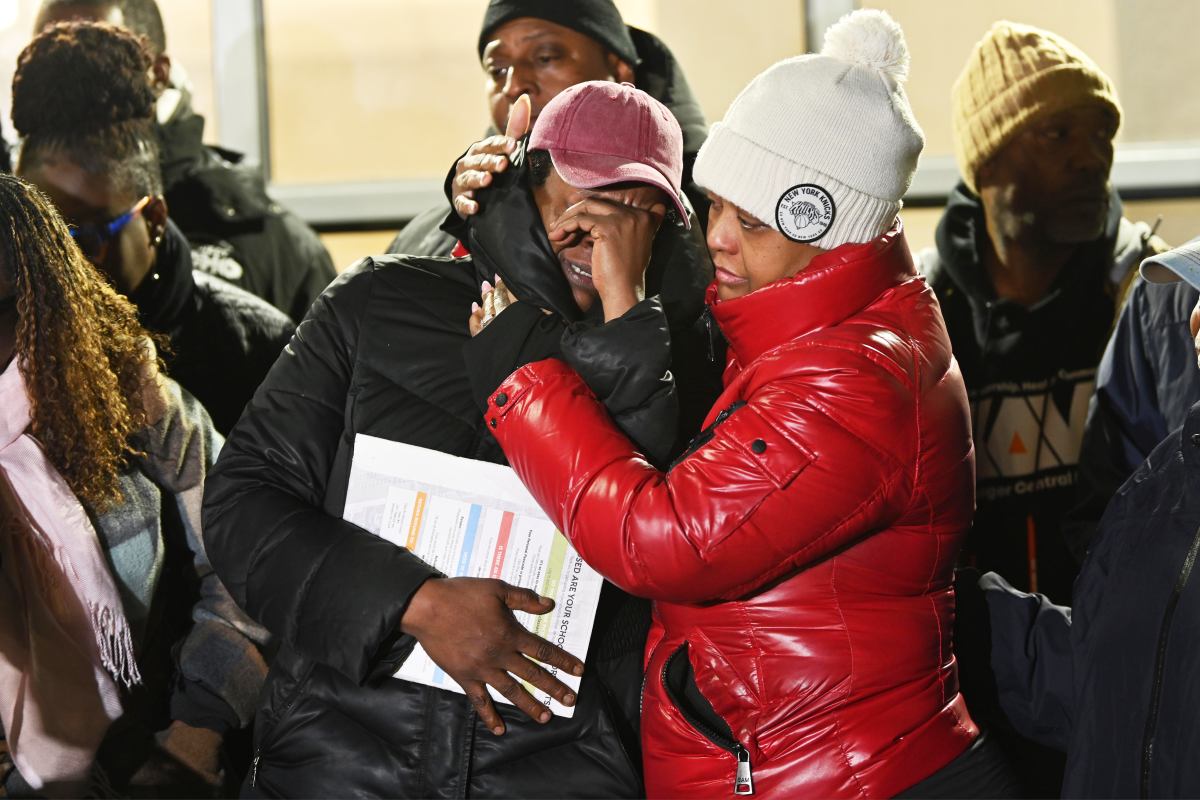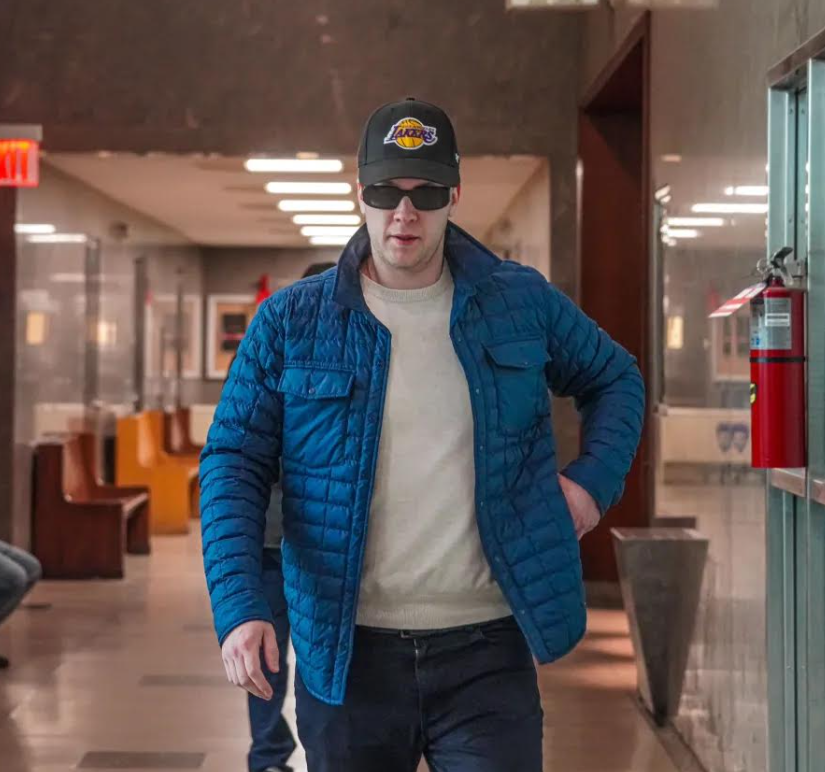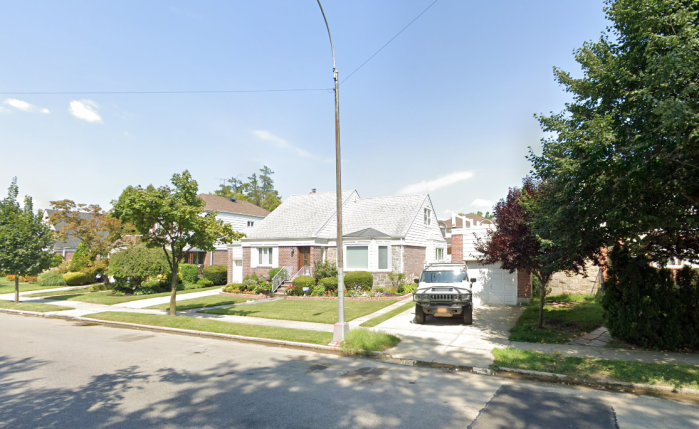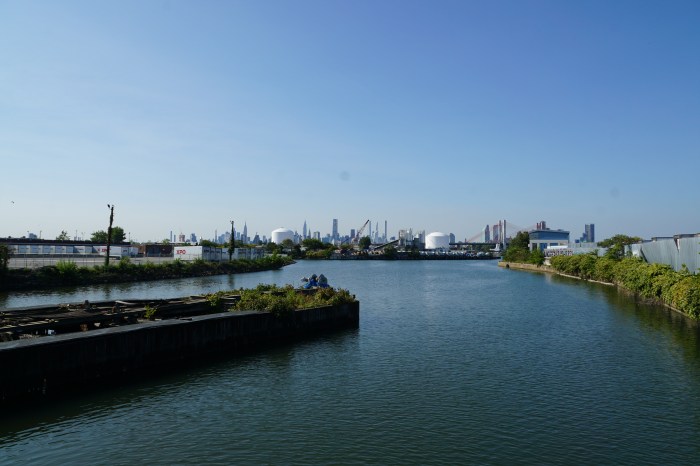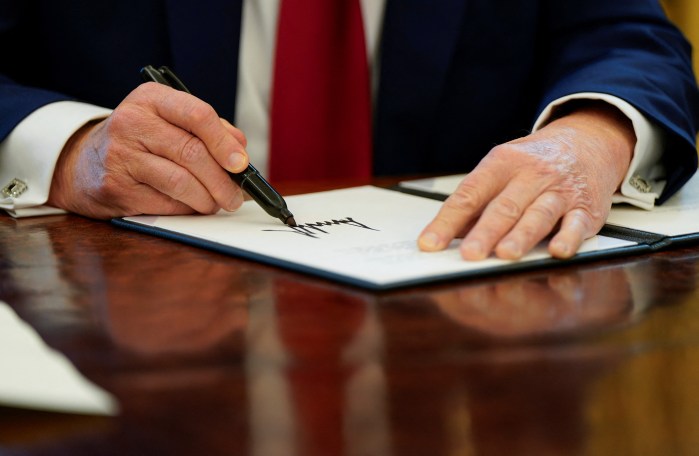The NYPD reported a 28.5% plunge in overall crime during April — not a surprise considering that most of the city has been shutdown due to the coronavirus pandemic.
There are fewer traffic crashes and fewer bicyclists are being struck by vehicles because so many people are self quarantined and don’t travel to a workplace during the crisis.
That’s where the good news ends in the April report issued May 4. Murders, burglaries and auto theft all rose last month. Even with the sharp decrease in April, overall crime continues to track upward for the year, with a 2.6% increase since Jan. 1.
The NYPD still have 5.2 percent of the department out sick compared to the 19.8% of its members out sick in the middle of April. Unfortunately, the department also reported its 38th member killed by COVID-19 complications.
That member, Traffic Enforcement Agent Stanley Heneson died on May 3 from complications related to COVID-19. Stanley, who was assigned to the Brooklyn Traffic Enforcement Unit, served the city for more than six years.
On top of the rise in three major crime indexes, the NYPD has a host of new problems to contend including ridding the subways of an avalanche of homeless people; enforcing strict social distancing in parks; raiding illegal gatherings of more than 10 people including closing down funerals, parties; dealing with Sunday’s apparent overreaction by officers – including an arrest over the weekend of two people in which an officer is accused of using unnecessary force being – under investigated by internal affairs and the cop is on modified duty.
“I was not happy with what I saw, we can be better than that,” Police Commissioner Dermot Shea said this morning of that incident in the East Village. “I look at it in the context of hundreds of encounters, taking guns off people without firing, de-escalation training is another tool in our tool box and we continue to train and get better. Sometimes its not pretty what we see in the videos.”
The department also continues to inspect thousands of businesses and potential gathering places to prevent the spread of the contagion. Officials say more than 600,000 visits were made by officers to various locations. At some locations, including parks, police officers were giving out free surgical masks to the public.
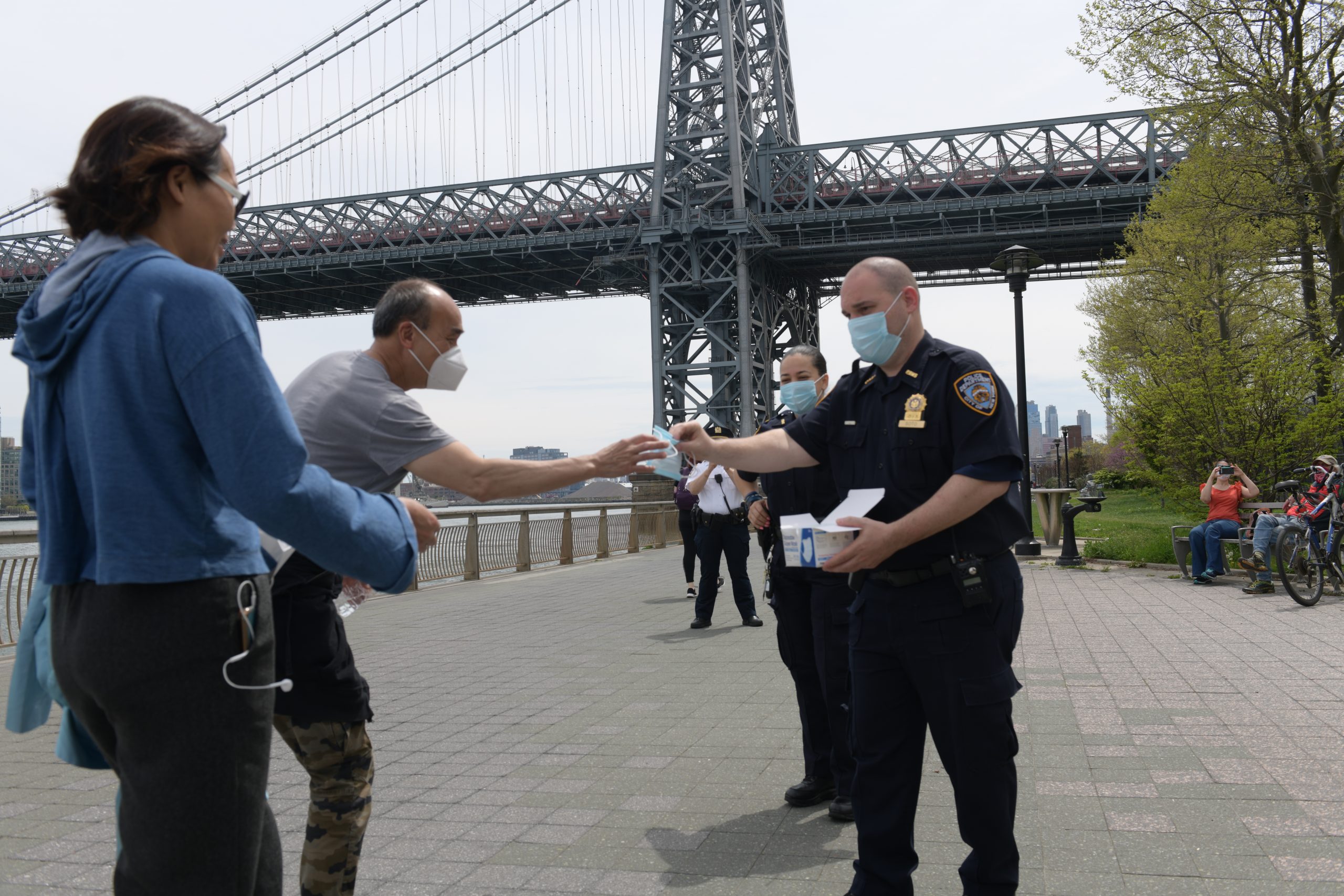
“We had officers spread out over all five boroughs, giving warnings, practicing safe policies, handing out thousands of masks to the public,” said Shea on WPIX TV Monday night. “The last two months we’ve seen overwhelming compliance and support from our health care workers. But we also had to give out 50 summons on Saturday and 20 plus on Sunday.”
One of those given a summons on Sunday was a woman standing near a protest at Mt. Sinai-Beth Isrsael Medical Center on First Avenue where a group held a small demonstration against Samaritan’s Purse for homophobic statements in their volunteer forms. More than 50 cops descended on the protest, but only one summons was issued.
“The right to gather and the right of free speech and protest is part of our values, but now comes bad news – it’s a pandemic and this is not policies of police, its laws passed down through executive orders to keep people alive,” Shea said in the briefing this morning with the mayor. “While we respect the right of people to protest, there shouldn’t be protests in middle of a pandemic – the short answer is people could make their voices heard without gathering in person and we interested in protecting people lives so we can’t allow it.”
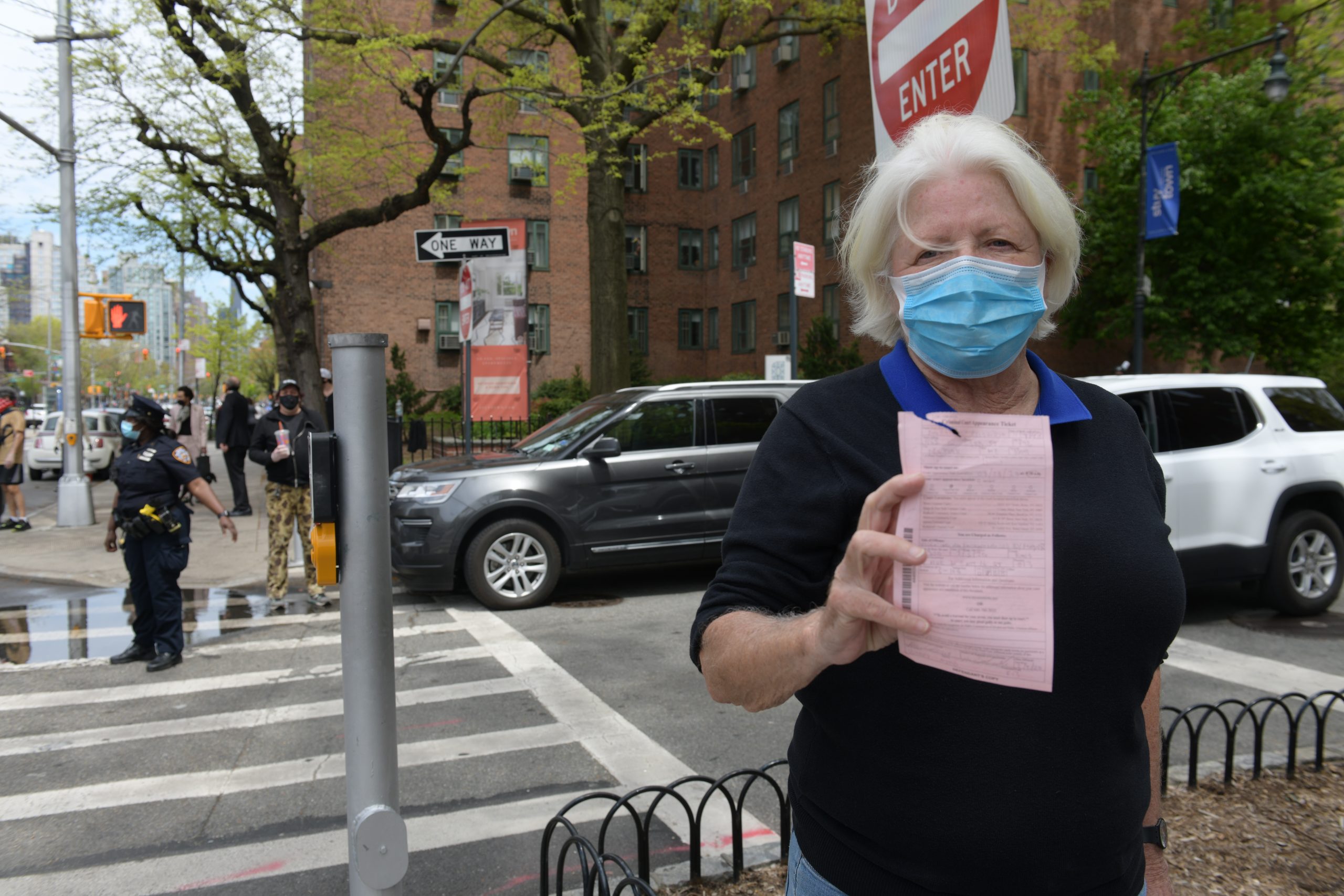
Most disturbing was the murder rate jumped by 34.8%, with 31 murders during the month of April versus 23 the year before. Officials believe much of that is driven by an uptick in gang related violence both in upper Manhattan, the Bronx and the south eastern parts of Brooklyn. Murder is up 4.1% (102 v. 98) for the first four months of the year when compared to the first four months of 2019.
Auto theft also jumped a whopping 59.5% for the month, some of which is attributed to vehicles being left unattended for long periods of time during the crisis – a crime of opportunity, police say.
Burglaries were also up dramatically, 31.6% for the month, 1,090 versus 828 the year before. Commissioner Shea attributed the rise to many businesses being closed during the pandemic, making them an easy target for burglars, some of whom have in the past been described by Shea as repeat offenders, some of whom may have been released under the new criminal justice reforms.
It wasn’t all bad news though as overall crime fell in every borough for April, within the transit system and across public housing. In that one-month period, there was a 26% decrease in the number of robberies (679 v. 913); a 32% decrease in felony assaults (1,130 v. 1,652); and a 52% decrease in grand larcenies (1,566 v. 3,250.) The City saw a 9.7% decrease in the number of shooting incidents for the month of April, (56 v. 62), driven by an 80% reduction in shooting incidents in April’s final week (9 v. 5). Police were searching for a shooting suspect on Central Park West just this afternoon.
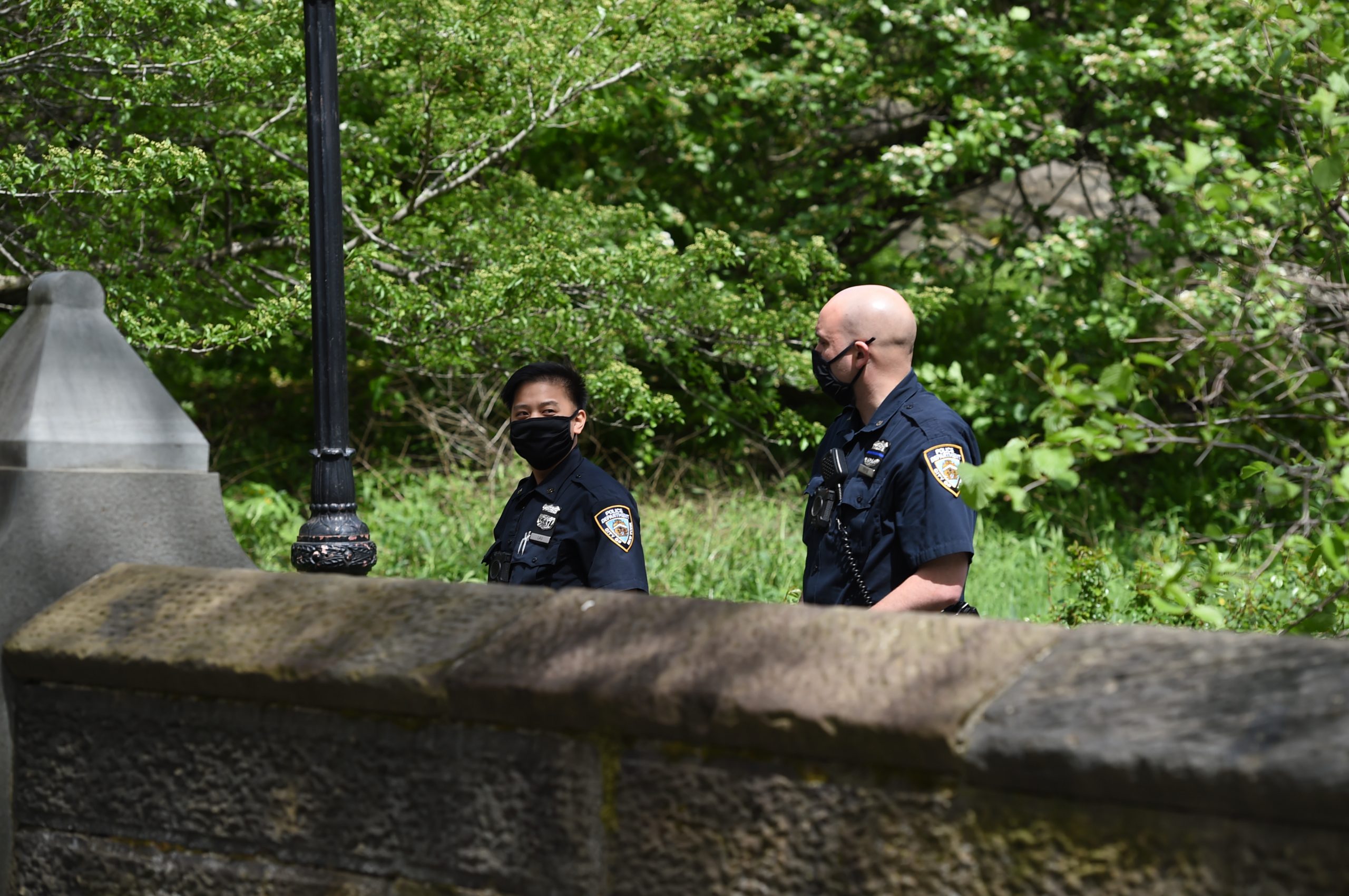
The COVID-19 epidemic has made it even more difficult for the NYPD as 7,100 officers at the height of the pandemic, had been reported to have the contagion in some form.
Currently, 5,230 members of the NYPD have tested positive for coronavirus. As of today, Sunday, May 3rd 4,491 members of the NYPD have returned to work full duty after recovering from a positive test for the coronavirus and 563 uniformed members plus 138 civilian members are still out sick diagnosed with coronavirus.
The city has also seen a reduction in overall domestic violence complaints in April, though NYPD officials remain concerned that these figures reflect underreporting by victims. Another piece of good news was citywide hate crimes declined 47% (102 v. 149) for the year, though police are investigating 14 Asian related crimes linked to the COVID-19 crisis.
